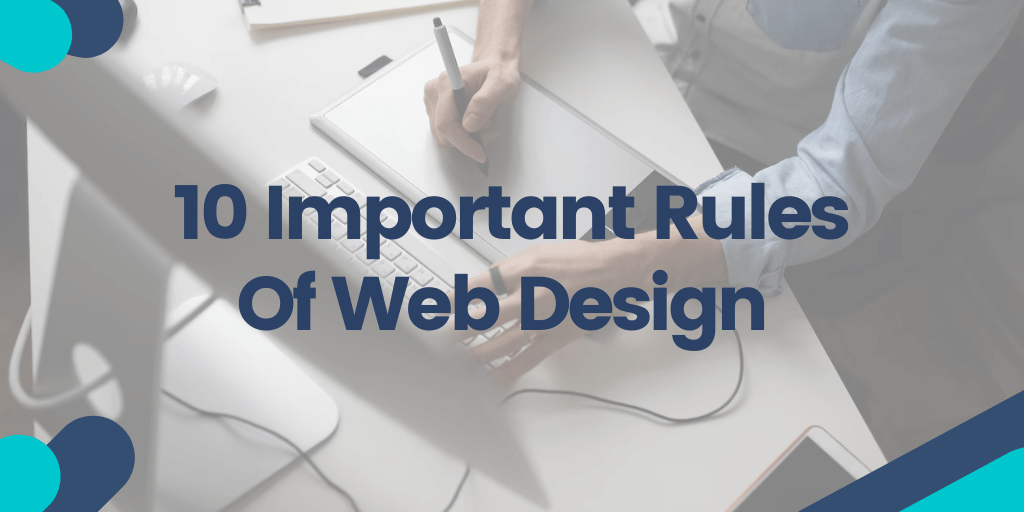A well-designed website is a necessity for the success of your business nowadays. It's the digital handshake with potential customers, the front door to your virtual storefront, and a powerful tool to propel your marketing strategy forward.
Given the remarkable 7.7% year-on-year growth of the e-commerce industry, one thing is certain — people are increasingly turning to the internet for their shopping needs. However, many small retail businesses are struggling to keep up with the load times, with as many as 23% of them not even having a website.
In this day and age, you might consider the lack of a website to be among the seven deadly sins of business. You might also consider it a huge opportunity, as there's clearly a gap in the market to explore. In this article, we'll explore 10 effective web design principles:
Contents
- Clarity Is King
- Mobile Responsiveness Is Non-Negotiable
- Speed Matters
- Content Is Your Sales Pitch
- Aesthetics Attract
- Navigation Should Be a Breeze
- Trust Signals Are Vital
- SEO Is the Backbone
- Analytics Are Insightful
- Continuous Testing Leads to Improvement
With this in mind, let us delve into what we consider the 10 golden rules of web design that can dramatically influence your business's marketing success.
Key Takeaways:
👉 A well-structured, visually appealing website with intuitive navigation enhances user experience and strengthens brand perception.
👉 Optimizing for mobile devices and fast loading times is crucial for retaining visitors and improving search rankings.
👉 High-quality content, SEO optimization, and credibility boosters like customer reviews and certifications drive engagement and conversions.
👉 Regular testing, analytics tracking, and adaptation to new trends ensure your website stays competitive and effective.
Clarity Is King
Your website should be a beacon of clarity in the chaotic digital ocean. Every element, from the layout to the content, should convey who you are, what you offer, and how visitors can engage with your services or products. Emphasizing white space effectively throughout your design process enhances readability and functionality, making it easier for users to navigate your site.
A direct and unambiguous approach helps visitors navigate easily, fostering a better user experience and a stronger brand connection.
- Who you are: Communicate your brand ethos and story.
- What you offer: Display your products or services, emphasizing their benefits.
- How to engage: Ensure calls to action and contact information are prominently placed and straightforward.
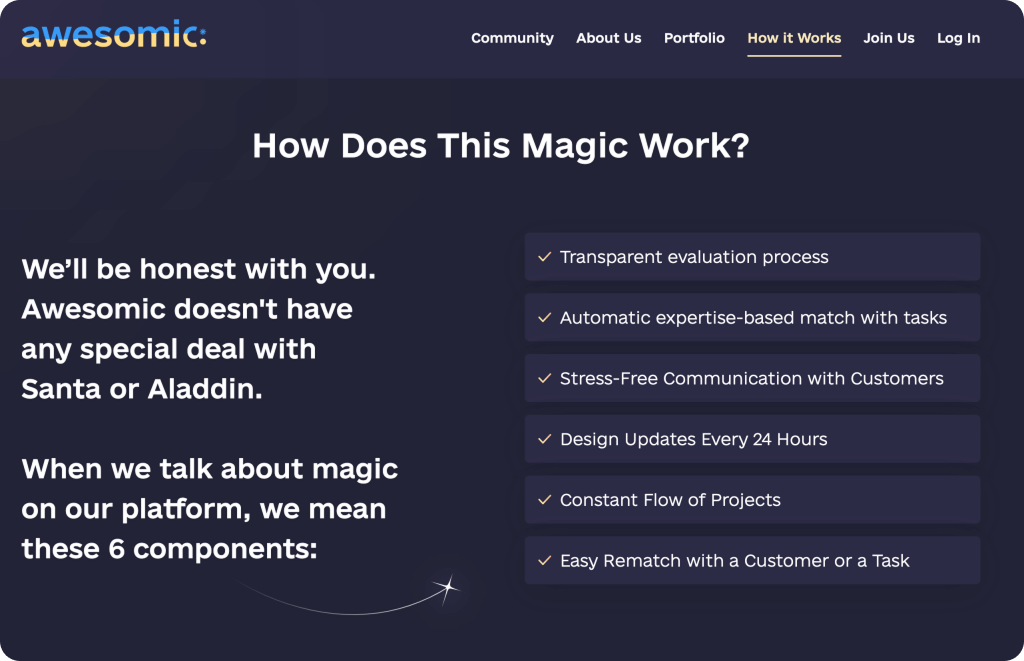
In addition to thoughtful layout choices, carefully selecting design elements – such as typography and imagery – can significantly impact how your message is perceived. These design components play a crucial role in shaping visitors’ perceptions of your brand.
Choosing the right color schemes not only enhances the visual appeal of your site but also communicates a significant message about your identity as a brand. Ensuring clarity and simplicity allows for effortless navigation, which ultimately improves user experience and fosters a deeper connection with your brand.
Mobile Responsiveness Is Non-Negotiable
With the ubiquitous use of smartphones, your website must perform flawlessly across all devices. Mobile responsiveness guarantees that your website adapts smoothly to various screen sizes, including the desktop version, delivering an optimal experience for every user.
As of October 2023, mobile devices are a dominant force in global website traffic, generating over 64% of it. If you've been following the rise of mobile internet traffic over the past couple of decades, this statistic is hardly surprising, but it does underscore the critical importance of optimizing websites for mobile use.
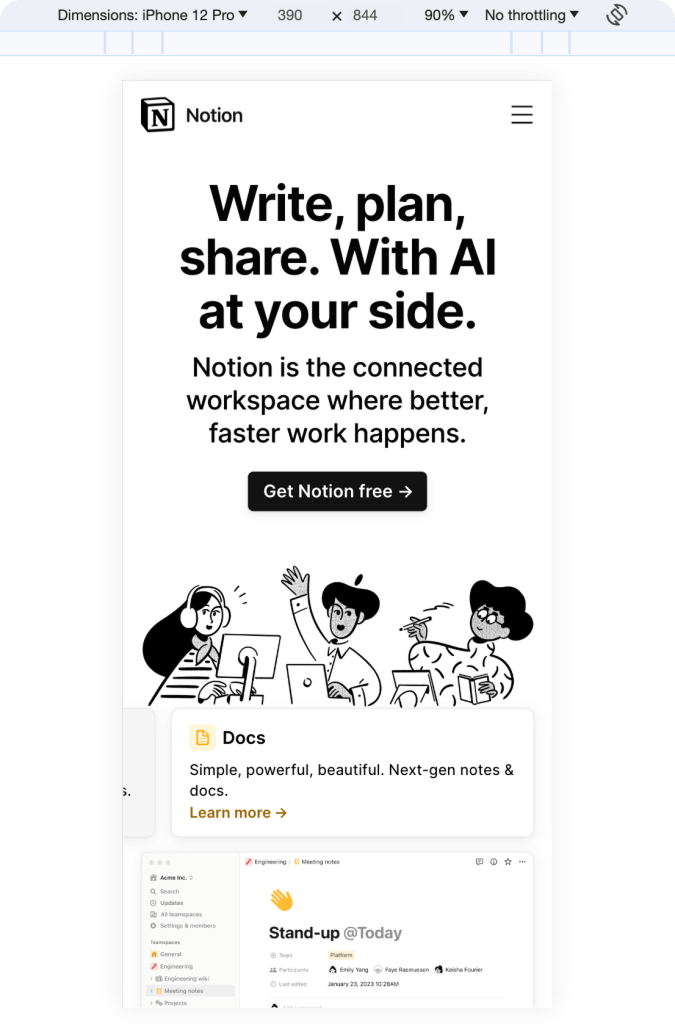
With mobile users now representing a growing majority of web traffic and engagement, it becomes clear that any business that hopes to capture and retain a wide audience must prioritize mobile-friendly design.
It is not just about aesthetics; it's about functionality. Buttons, text, images, and other visual elements must be easily navigable and readable on smaller screens. This adaptability also impacts search engine rankings, as search engines favor mobile-friendly sites.
For businesses looking to ensure their website is both visually appealing and fully functional on mobile, using AI tools for web design can make all the difference in achieving optimal results.
Speed Matters
The loading speed of your website is a critical factor in user retention. In a world where attention spans are shortening, a delay of even a few seconds can significantly increase bounce rates. First impressions matter, and making potential customers wait longer than they feel like they should is never a good introduction to your brand.
Speed optimization involves various techniques, including minimizing HTTP requests, enabling compression, optimizing files and images, and using content delivery networks (CDNs).
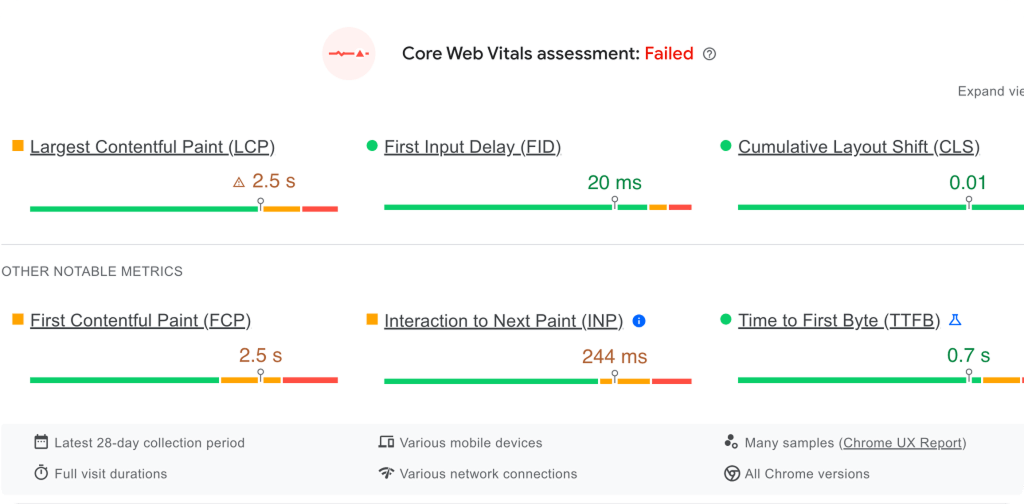
Faster websites provide a better user experience and are favored by search engines, contributing to higher rankings and increased visibility.
Content Is Your Sales Pitch
Content is the voice of your website. Engaging, relevant, and quality content addresses the needs and interests of your audience, establishing your brand as a thought leader. Regularly update your content to keep it fresh and relevant.
- Blogging: Share valuable insights and the latest news through engaging blog articles to keep your audience informed and interested.
- Multimedia: Create a dynamic experience using videos, high-quality images, and infographics.
- SEO: Strategically use keywords to boost your search engine visibility and search ranking.
- Tightened Page Headers: Google's “Passages” feature ranks specific sections of a page. Ensure your page headers are concise and provide context to help Google and other search engines understand your content.
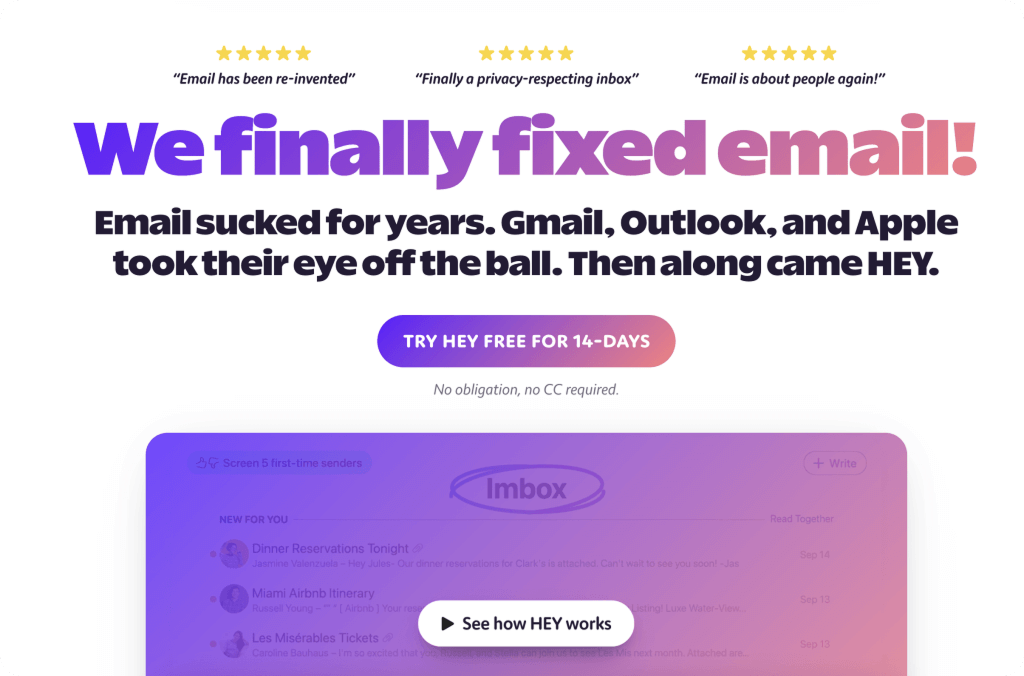
Aesthetics Attract
The design of your website is a direct reflection of your brand. A well-designed site with a visually appealing layout, harmonious color scheme, and high-quality graphics can significantly influence how visitors perceive your brand.
Aesthetics go beyond mere looks; they encompass usability, accessibility, and user experience. A good responsive design balances beauty and functionality, ensuring that the site is not only pleasing to the eye but also easy to navigate and use.
We spoke about first impressions in the speed section above, but it is worth pointing out that there's much more to a good first impression than a rapid website. In fact, studies suggest that first impressions are overwhelmingly influenced by web design, with a whopping 94% stemming from this aspect alone.
This means you should not discount beautiful design as simply a “visual treat” for your customers. It should be treated as a critical factor in customer perception and overall branding. If you don't know where to start or prefer to outsource website design to professionals, it might help to know that 40% of consumers prioritize high-quality images, and 39% of them focus on a website's color palette, so you should probably factor these aspects above all others in the visual composition of your site.
Navigation Should Be a Breeze
Effective navigation is critical to keeping visitors on your site longer and guiding them to the information they seek. A user-friendly navigation structure, with a straightforward, concise navigation menu, logically organized table of content, and intuitive UI elements, makes it effortless for visitors to explore your website.
To build and maintain these seamless digital experiences more cost-effectively, many businesses turn to nearshoring IT, which provides access to skilled development teams in nearby regions while ensuring easier collaboration and faster project delivery.
Interestingly, there is still a significant disparity in e-commerce conversion rates between mobile (4.18%) and desktop (6.08%) as of November 2023. This presents a massive opportunity, given the dominance of mobile traffic that we discussed earlier. Businesses worldwide should look to close this gap by improving their mobile websites and apps, given the fact that this mobile dominance is more than likely to continue in the foreseeable future.
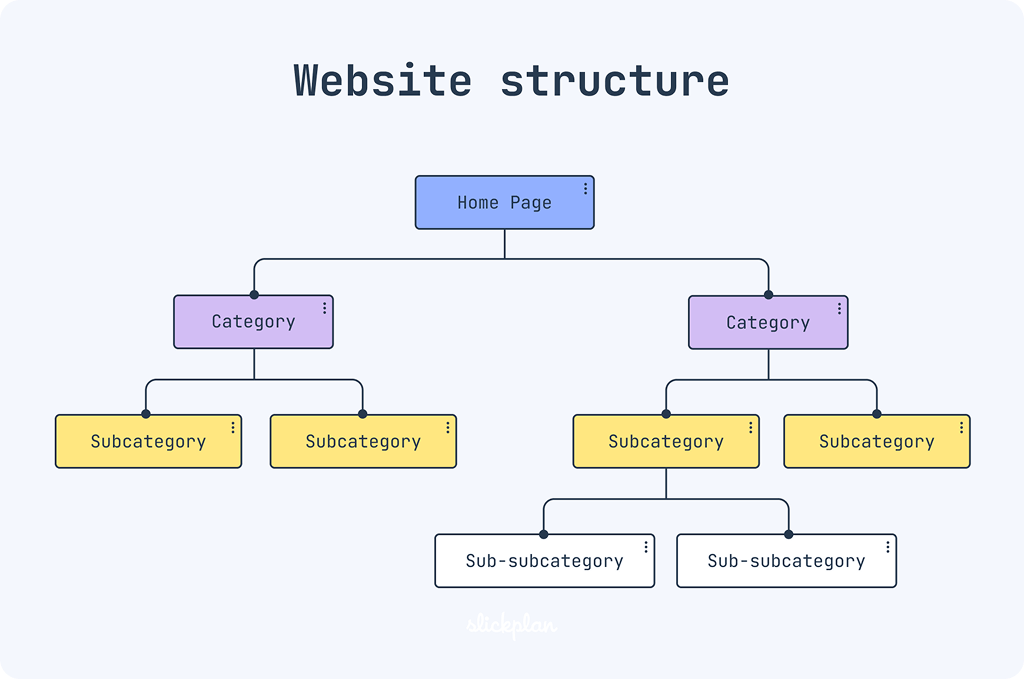
source: slickplan
But the navigation conundrum does not end with mobile responsiveness. A high-quality website should have a prominent search feature, breadcrumb trails for easy backtracking, and well-defined categories. Efficient navigation improves the overall experience, reducing frustration and helping users find what they need with minimal effort.
With 21% of cart abandonments due to complex checkout experiences, streamlining the e-commerce journey on your site is essential for maximizing conversions. Hence focusing on choosing the right e-commerce platform that provides a great user experience to design your website can make all the difference in your conversions.
Trust Signals Are Vital
Trust is a cornerstone in building customer relationships online. Include elements like customer reviews, industry certifications, and security badges to enhance the credibility of your website and business.
And don’t forget your emails – every message you send is a chance to reinforce trust and keep your brand looking sharp. A polished email signature does just that. Set yours up in minutes with MySignature and make every email count.
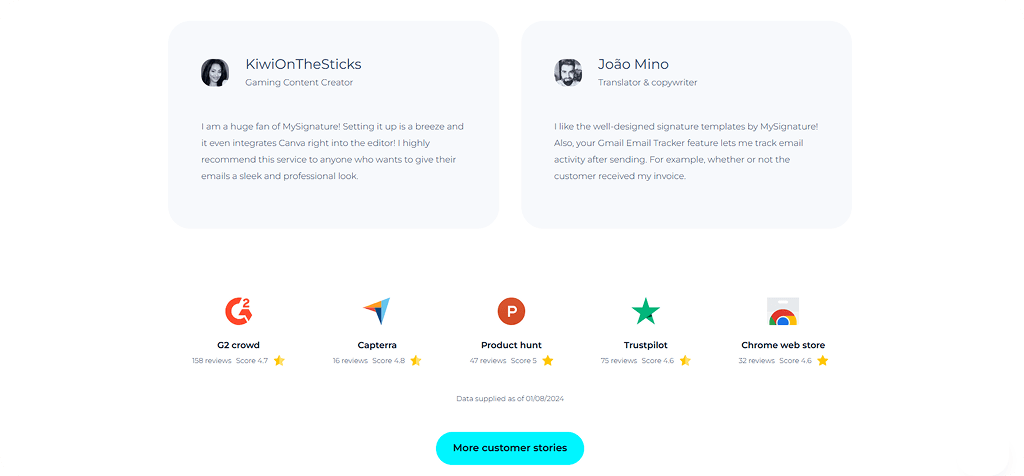
Showcasing affiliations with reputable organizations or industry bodies can also significantly boost credibility. Displaying these affiliations, along with any professional accreditations, can make a strong statement about your business's commitment to quality and industry standards.
Additionally, having a section for FAQs (Frequently Asked Questions) can also serve as a trust signal, as it addresses common customer concerns and demonstrates transparency.
SEO Is the Backbone
Search engine optimization is vital for your website's visibility. A robust SEO strategy enhances your online presence, making it easier for potential customers to find you. Regularly update your SEO tactics to keep up with search engine algorithms.
To further bolster SEO, consider the power of voice search optimization. With the increasing use of digital assistants, optimizing for voice search requires focusing on natural language and question-based queries. This involves understanding the conversational tone and context in which users may perform voice searches.
By 2026, more than half of internet users in the US are expected to use a voice assistant. Include long-tail question keywords in your content, especially in headers, to cater to voice search queries.
Analytics Are Insightful
Utilize analytics to understand how visitors interact with your site. This data is invaluable in making informed decisions to optimize your website, ensuring it meets the needs and preferences of your audience. One of the most popular tools for tracking website performance is Google Analytics; connect Google Analytics to Google Sheets to customize your data and share the results with the team.
Deepen your insights by segmenting your audience to understand different behaviors across various demographics. This segmentation can inform more targeted and effective marketing strategies. Additionally, tracking user journeys through your website can reveal insights into navigation patterns and potential barriers to conversion.
Continuous Testing Leads to Improvement
The digital world is ever-changing, and so should your website. Leveraging application modernization helps businesses transition legacy systems into modern platforms, ensuring a seamless and efficient user experience. Embrace a culture of continuous improvement through regular updates, user feedback, and A/B testing. This adaptability is vital to staying relevant and competitive.
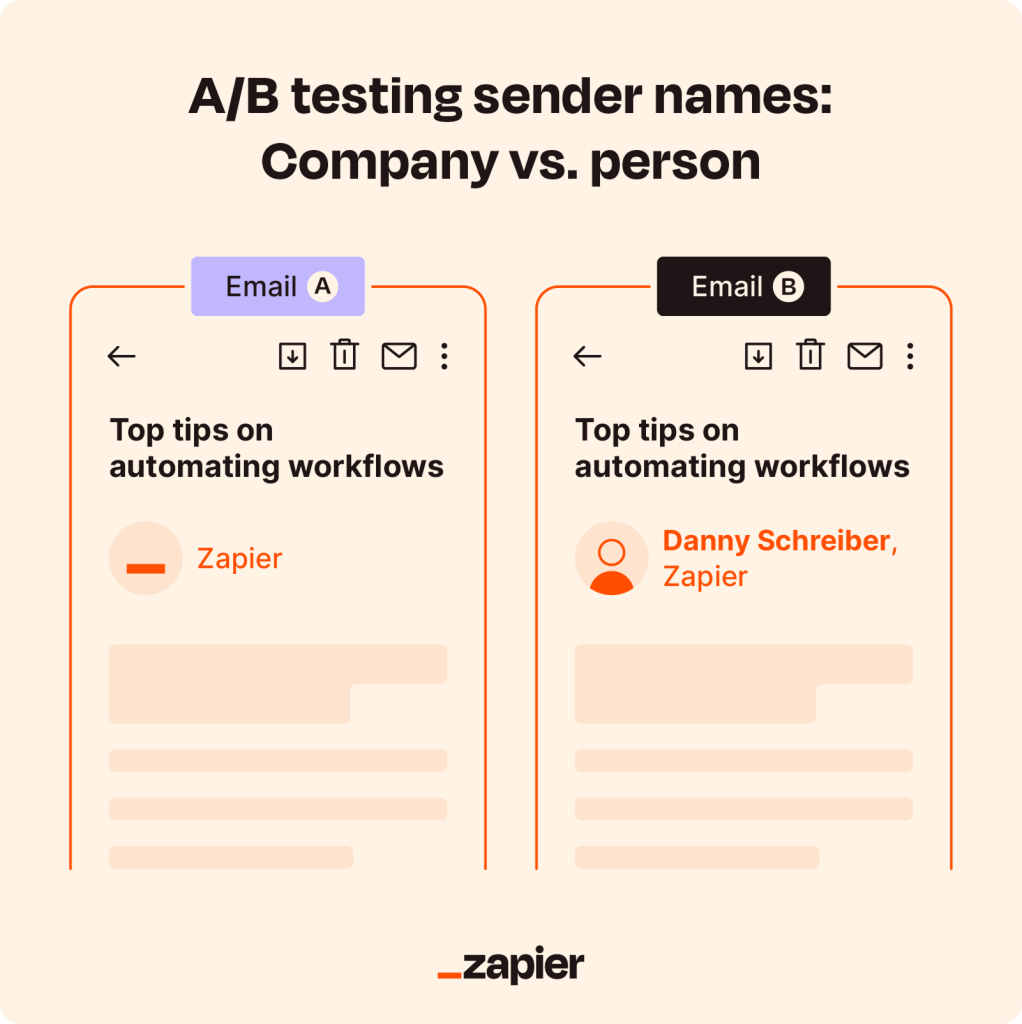
Consider the role of user feedback in shaping website enhancements, as well. Engaging with your audience through surveys or feedback forms can provide direct insights into their needs and preferences. Moreover, exploring new technologies and web design trends can keep your website at the forefront of innovation, ensuring it not only meets current standards but sets new ones.
Conclusion
A compelling website is often the first and most enduring impression a potential customer has of your brand. In the vast digital landscape, where competition is just a click away, your website must not only stand out but also effectively communicate your brand's value proposition.
Remember, in the realm of online business, your website is the face of your brand, a beacon guiding potential customers to your door. By adhering to design principles and implementing responsive web design, you can ensure that every aspect of your site contributes to your business’s overall success.
Ready to elevate your digital presence? Try MySignature and create an email signature that leaves a lasting impression.



